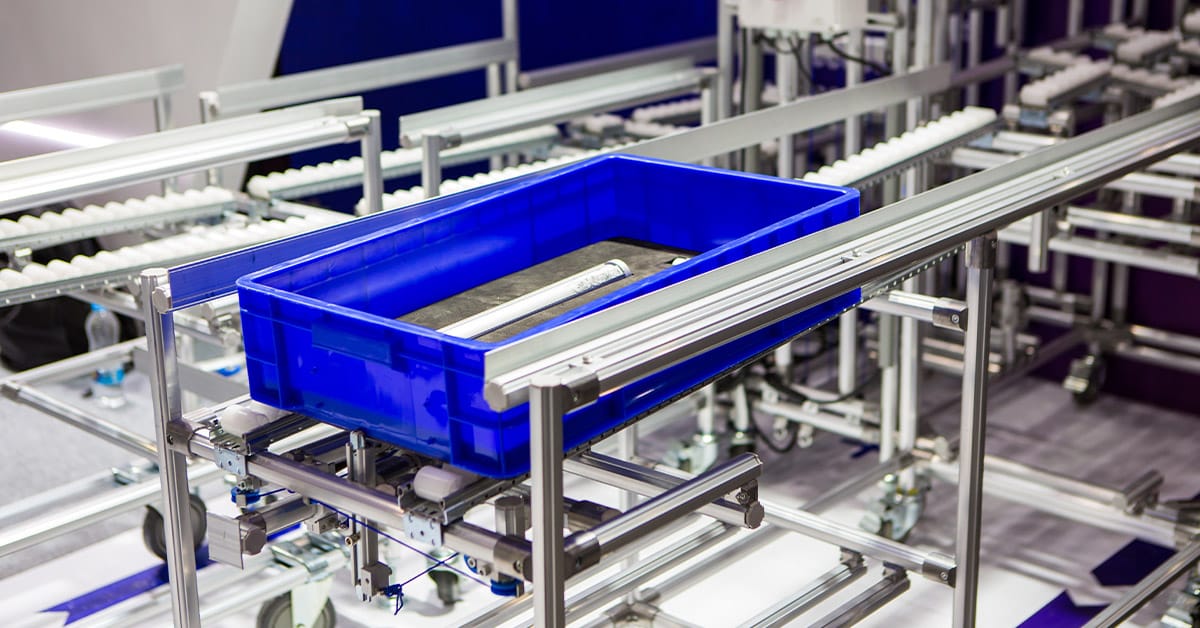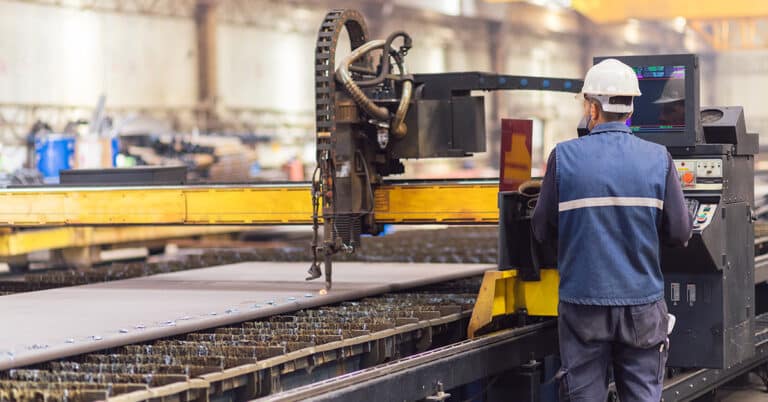Kits make things easier for anyone doing a task needing multiple components. They save time and space, and reduce the risk of mistakes. There are two types of kitting in manufacturing: kitting for assembly operations and kitting for servicing and repair work. This blog looks at both, explaining what’s involved and the benefits. For added clarity, some examples of kitting will also be discussed.
The manufacturing kitting process
Kitting at its simplest involves assembling a kit of parts. It’s something that’s done in e-commerce prior to shipping an order containing several items. Ready meals and, arguably, pizza, also go through forms of kitting when they are put together for sale, but the focus in this discussion is kitting in manufacturing.
Assembly work involves placing various components in a housing or enclosure of some form. Typically, these are clipped into place, inserted or screwed down, connections are made, and a cover might be fitted over the top.
These components could all be stored lineside for workers to retrieve from their packaging or fetching them from stores could be part of the assembly task. However, gathering all the parts needed for one assembly into a single container or tray, the act of component kitting, is often a more efficient process.
Kitting operations take place in the warehouse or parts storage area. It may also be performed by a third-party logistics provider.
The process starts with an order from the ERP system to assemble a kit, which will go to the assembly floor. This kit may have a distinct SKU number within the ERP system. Warehouse personnel put the kit together and release it to production. In most cases, it is delivered directly to the assembly station.
Kitting in maintenance
Repair and servicing work is helped by issuing the maintenance technician a kit of parts, and sometimes tools, needed to perform a maintenance task. The kitting process flow is like what is used in product assembly, other than it being the computerized maintenance management system (CMMS) that issues the kit order.
On being assigned the job, the technician picks up the kit, goes to the machine and does the work. A difference from assembly kitting is that the kit may include more parts than are needed. For example, there could be more seals or fasteners in case small parts are dropped while doing the job. These will subsequently be returned to the maintenance stores and need entering back into the parts management system. The same applies to any special tools issued to do the job.
A variation of the parts kit used in some plants is the “crash cart.” This is a rolling cart loaded with all the tools and parts needed to address a particular type of breakdown or to repair a specific model of machine. When a crash cart is returned to stores, someone should inventory it and replace parts that were used.
Kitting examples in manufacturing
Kitting is used extensively in manual assembly work, especially where individual orders are customized with differing components or features. As mentioned, it also has a role in maintenance. Here are a few examples:
- PC assembly: Computers are sold with many options. This results in a lot of customization during assembly. (Different memory, hard drives, graphics cards, processors.) Rather than expect the assembler to locate the correct parts, they are issued as a kit for a specific order.
- Hydraulic motor assembly: While using a standard body, this could be customized with different valve and porting arrangements. Components like these are often hard to distinguish visually. Kitting better ensures the assembler has only those needed for the specific order.
- Oil change kit: This could comprise a filter, gasket and replacement drain plug issued to a maintenance technician as a single SKU and taken to the machine for the oil change.
Benefits of kitting in manufacturing
There are many advantages to kitting in assembly and maintenance work, the main ones being:
- Saves time and increases efficiency: Assembly workers should be at their bench doing assembly work. Delivering a set of the parts to them needed for the job saves them from visiting the stores and opening packaging. The same logic applies to maintenance technicians performing routine servicing work. Crash carts can save the technician from making multiple visits to the stores, which is especially beneficial in a large plant.
- Reduces mistakes: Kitting can avoid omissions or installation of incorrect parts. To explain, when the exact number of parts needed for an assembly is supplied, any left clearly indicate a mistake. Likewise, when servicing equipment, a look at the replacement parts provided specifies what should be done. Kitting also makes it impossible to use the wrong part, which is easily done when items look alike.
- Saves space at the line: Rather than storing large numbers of items at assembly, these are kept in the parts warehouse. This allows tighter spacing of assembly benches, which supports goals for one-piece -flow. It also removes the need to handle discarded packaging at the line.
- Improves inventory control: It can be hard to check quantities on hand when parts are stored lineside, increasing the risk of shortages of one or a few different components. By performing kitting in the warehouse, it becomes easier to identify shortages, and production schedules can be adjusted while new supplies are obtained.
Get help with organizing maintenance
Kitting is a common practice in many assembly operations. It’s used to increase productivity, save space and prevent mistakes. It’s less widely used in maintenance, although many of the same advantages hold true.
By putting together kits of parts for specific jobs, such as oil and filter changes, in advance, technicians can spend more time on servicing tasks. The kits also help avoid easily made mistakes such as installing the wrong thickness of gasket or wrong diameter seal.
As a leader in industrial maintenance and MRO, ATS has the experience needed to help organize repair, servicing and parts storage operations. Contact us to discuss opportunities in your facility.






